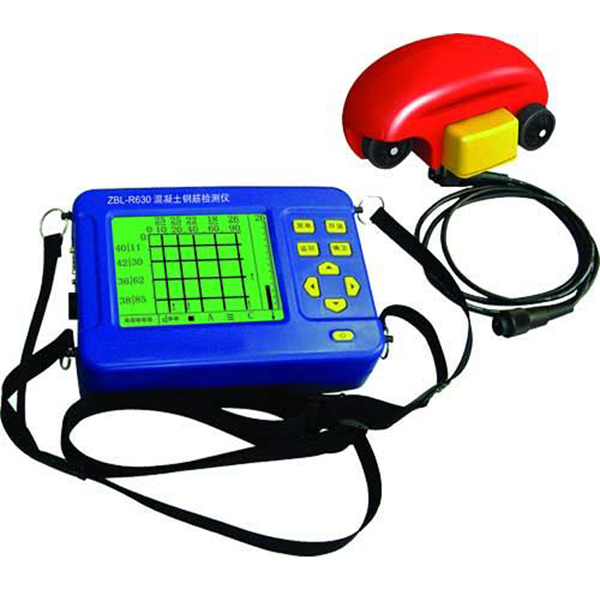Rebar Detector plays a vital role in reinforcing concrete structures, providing strength and stability. Detecting the presence and location of rebars accurately is crucial for construction projects to ensure structural integrity. Enter the rebar detector, an advanced tool that has revolutionized the way construction professionals locate and identify rebars. In this article, we explore the key features and benefits of rebar detectors, highlighting their role in enhancing construction efficiency and safety.
What is a Rebar Detector?
A rebar detector, also known as a reinforcement scanner or concrete scanner, is a sophisticated electronic device used to locate and map reinforcement bars within concrete structures. It utilizes cutting-edge technology, such as electromagnetic waves or ground-penetrating radar (GPR), to penetrate the concrete and detect the presence, position, and alignment of rebars accurately. Rebar detectors come in various sizes and configurations, offering construction professionals versatility in their applications.

The Advantages of Rebar Detectors:
2.1 Precise Rebar Detection: Rebar detectors enable construction teams to accurately locate and map the position of reinforcement bars embedded within concrete structures. This information is crucial during various stages of a project, including renovation, repair, or new construction. By providing real-time data on rebar location, spacing, and depth, rebar detectors help avoid costly mistakes and ensure proper anchoring and integration of new construction elements.
2.2 Time and Cost Savings: Traditional rebar detection methods, such as manual probing or drilling, are time-consuming and labor-intensive. Rebar detectors offer significant time savings by quickly scanning large areas and providing immediate results. Construction teams can efficiently plan their work, optimize rebar positioning, and minimize delays. Additionally, rebar detectors help reduce material waste and potential damage to existing structures, resulting in cost savings and improved project timelines.
2.3 Enhanced Safety: Accurate rebar detection is essential to prevent accidental damage to reinforcement bars during drilling or coring activities. Rebar detectors provide construction professionals with vital information, allowing them to avoid potential hazards, such as damaging electrical or plumbing conduits, post-tension cables, or existing reinforcement. By minimizing the risk of structural compromise or accidents, rebar detectors contribute to a safer work environment for construction teams.
Ease of Use and Versatility:
Rebar detectors are designed with user-friendliness in mind. They feature intuitive interfaces, clear visual displays, and adjustable settings, making them accessible to construction professionals of varying experience levels. Rebar detectors can be used on a wide range of concrete structures, including walls, slabs, columns, and foundations. Some advanced models offer additional features, such as mapping software integration, allowing for accurate 3D visualization of rebar layouts.
Conclusion:
Rebar detectors have become an indispensable tool in the construction industry, providing construction professionals with the ability to locate, map, and identify reinforcement bars accurately. By offering precise rebar detection, time and cost savings, and improved safety, these advanced devices have transformed construction practices.
With their user-friendly interfaces and versatility in detecting rebars in various concrete structures, rebar detectors empower construction teams to make informed decisions, streamline workflows, and ensure the longevity and durability of their projects. As the construction industry continues to embrace technological advancements, the use of rebar detectors will remain pivotal in delivering high-quality construction projects efficiently and safely.